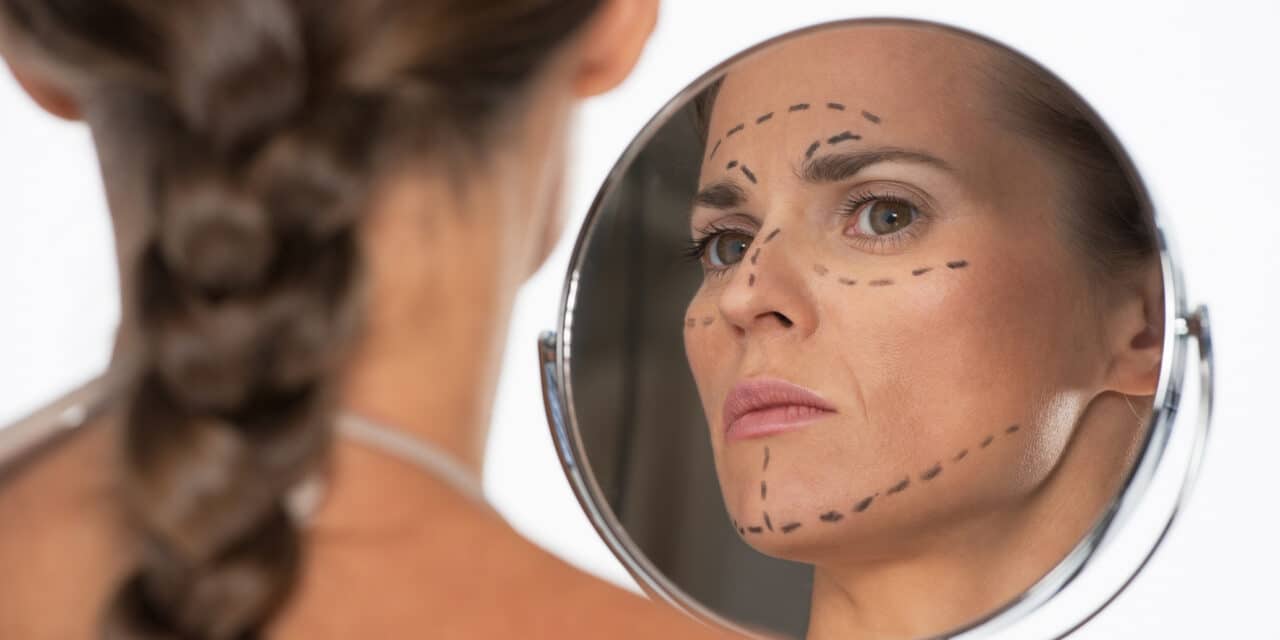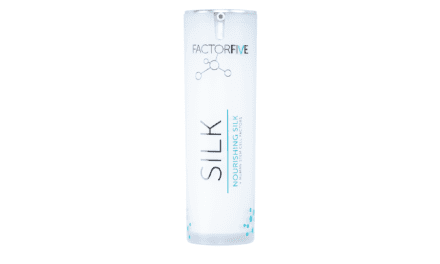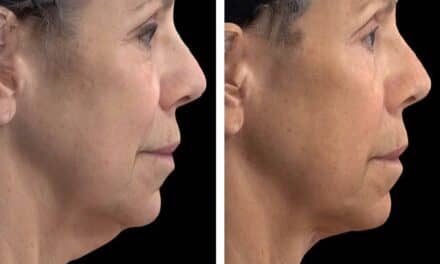NYC facial plastic surgeon Dr Konstantin Vasyukevich shares his philosophy behind the “invisible facelift” and discusses trends shaping modern facial rejuvenation surgery.
Facelift patients today are seeking results that are natural, subtle, and—above all—undetectable. Increasingly, patients in their 30s and 40s are turning to early surgical intervention to address signs of aging before they become pronounced, often after finding non-surgical treatments underwhelming. For NYC-based facial plastic surgeon Konstantin Vasyukevich, MD, this shift aligns perfectly with what he describes as the “invisible facelift”—a philosophy focused on refreshing a patient’s appearance without leaving visible signs of surgery.
A double board-certified facial plastic surgeon, Vasyukevich is recognized for his expertise in deep-plane facelifts, a technique he says helps achieve natural, long-lasting rejuvenation without creating the tension or distortion often associated with older surgical methods. In this interview with Plastic Surgery Practice, Vasyukevich explains the principles behind his approach, discusses the evolving demands of a younger patient demographic, and offers insight on how facial plastic surgeons can continue to refine their techniques to meet these expectations.
Plastics Surgery Practice: You’ve described your approach as an “invisible facelift.” What does that term mean to you, and how does it reflect your goals when performing facial rejuvenation surgery?
Konstantin Vasyukevich, MD: An “invisible facelift” means the results don’t announce themselves as surgery. The patient looks refreshed and rested, but not pulled or altered. My goal is to restore what has shifted over time, not to change someone’s appearance. The best results are the ones people notice without knowing exactly why.
PSP: We’re seeing a noticeable trend of younger patients—those in their late 30s and 40s—seeking out subtle surgical interventions. What do you think is driving this shift, and how is it influencing your surgical planning?
Vasyukevich: Younger patients are more proactive. They’re noticing early changes in photos, video calls, or the mirror; and would rather address them now than wait. Many have tried non-surgical treatments but found the results underwhelming or short-lived, so they’re turning to surgery for something more natural and lasting. My approach becomes less about correction and more about preservation. The procedures are less extensive, subtle but effective, with the same goal in mind: long-term, natural-looking improvement.
PSP: The deep-plane facelift has seen a resurgence in recent years. How does this technique align with your philosophy of achieving natural, undetectable results?
Vasyukevich: The deep-plane technique allows me to reposition the deeper facial structures for more comprehensive and natural-looking rejuvenation. By working beneath the surface, we’re able to restore youthful contours without creating tension or altering expression. It offers excellent longevity and preserves facial harmony. When done properly, it doesn’t look surgical, it simply looks like a more refreshed version of the patient.
PSP: How do you counsel patients who want visible improvement but are concerned about the stigma or fear of looking “done”? What role does patient education play in setting realistic expectations?
Vasyukevich: This is one of the most common concerns. I always tell patients: the best facelifts aren’t obvious. I show them examples, explain how the surgery works, and talk through the difference between a natural facelift and one that looks altered. Once they understand that good surgery enhances their natural features, not changes them, they’re usually more comfortable. Education is everything when it comes to setting expectations and building trust.
PSP: From a technical standpoint, what are the key elements that allow you to maintain facial expression and character while still delivering rejuvenation?
Vasyukevich: Rather than tightening or stretching the tissue, the approach is to carefully release and reposition it. The goal isn’t to lift as much as possible, it’s to restore the tissue to its natural, more youthful position.
PSP: As facial aesthetics continue to evolve, what trends do you see emerging in terms of both patient preferences and surgical innovation—and how should your peers be preparing to meet this demand?
Vasyukevich: Patients are becoming more informed and selective. They’re looking for natural, long-lasting results and are more open to surgery when it offers a clear solution. I think we’ll continue to see a shift away from overfilled faces and toward structural and comprehensive approaches like deep-plane facelifts, fat grafting, and treatments that improve skin texture. As surgeons, we have to keep refining our techniques and stay focused on outcomes that feel authentic to the patient. PSP
Photo: ID 33732629 © Citalliance | Dreamstime.com






It’s amazing how the “invisible facelift” focuses on natural results that keep the patient’s unique features. This approach really shows how modern surgery is all about subtle improvements!